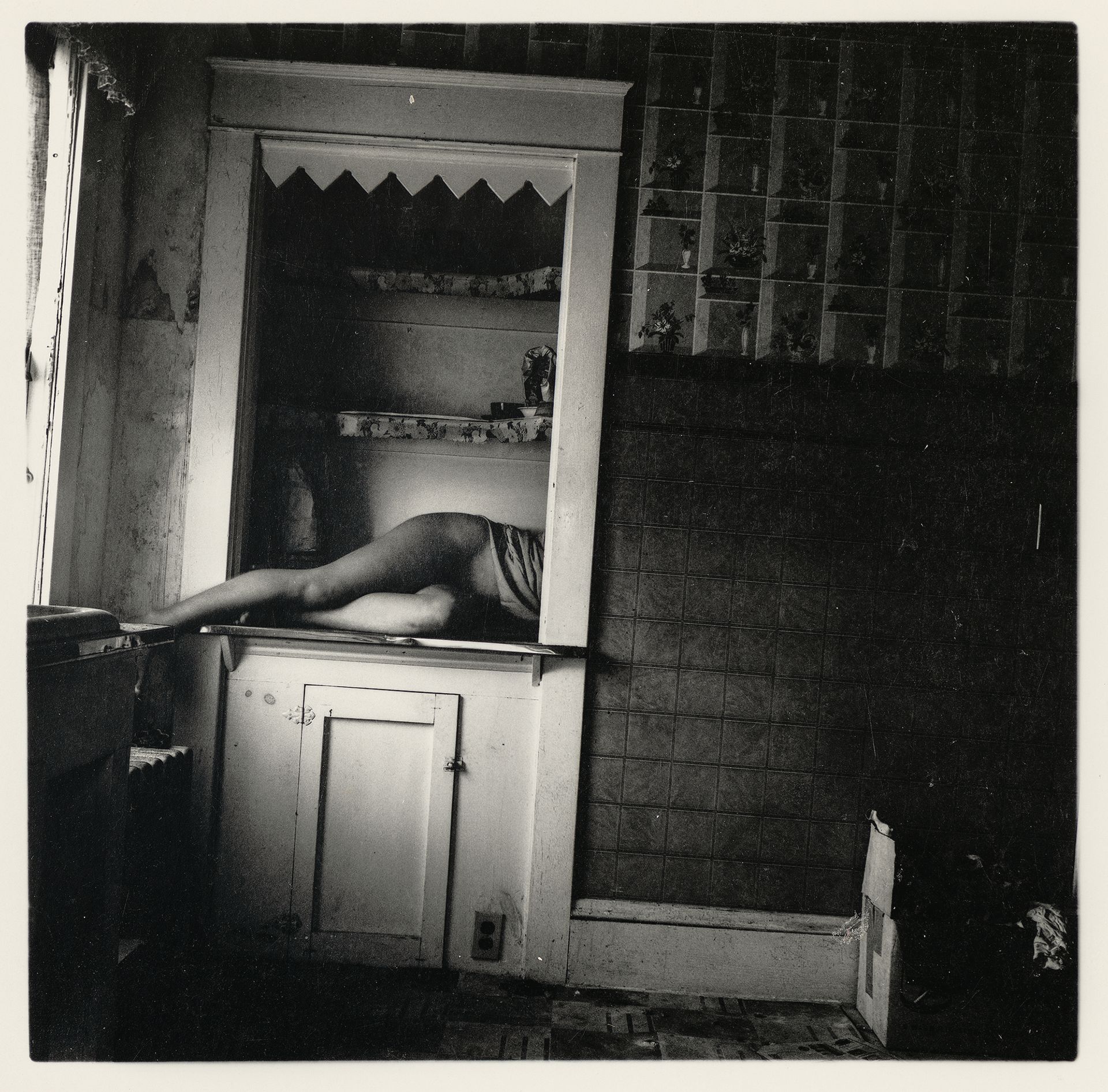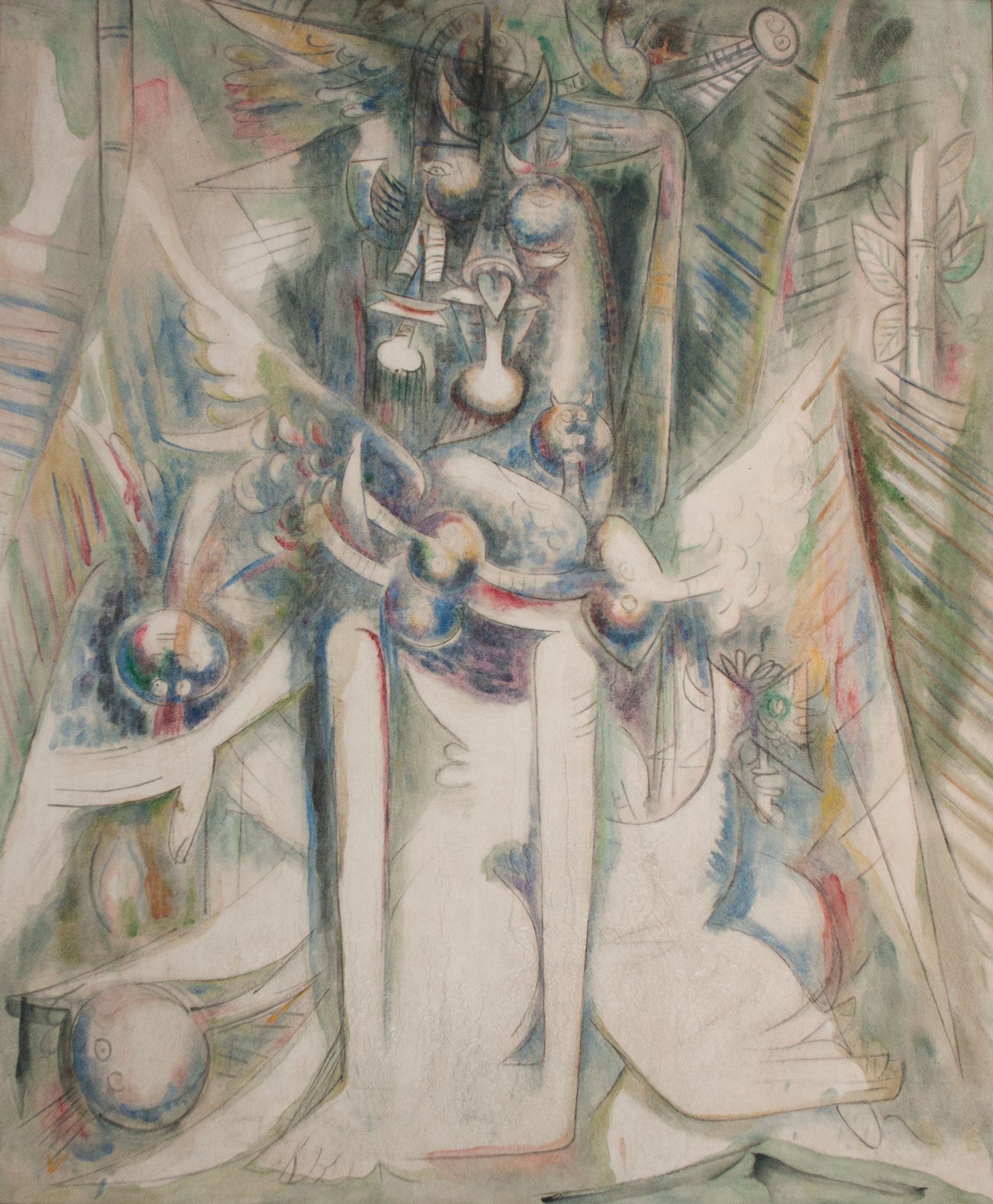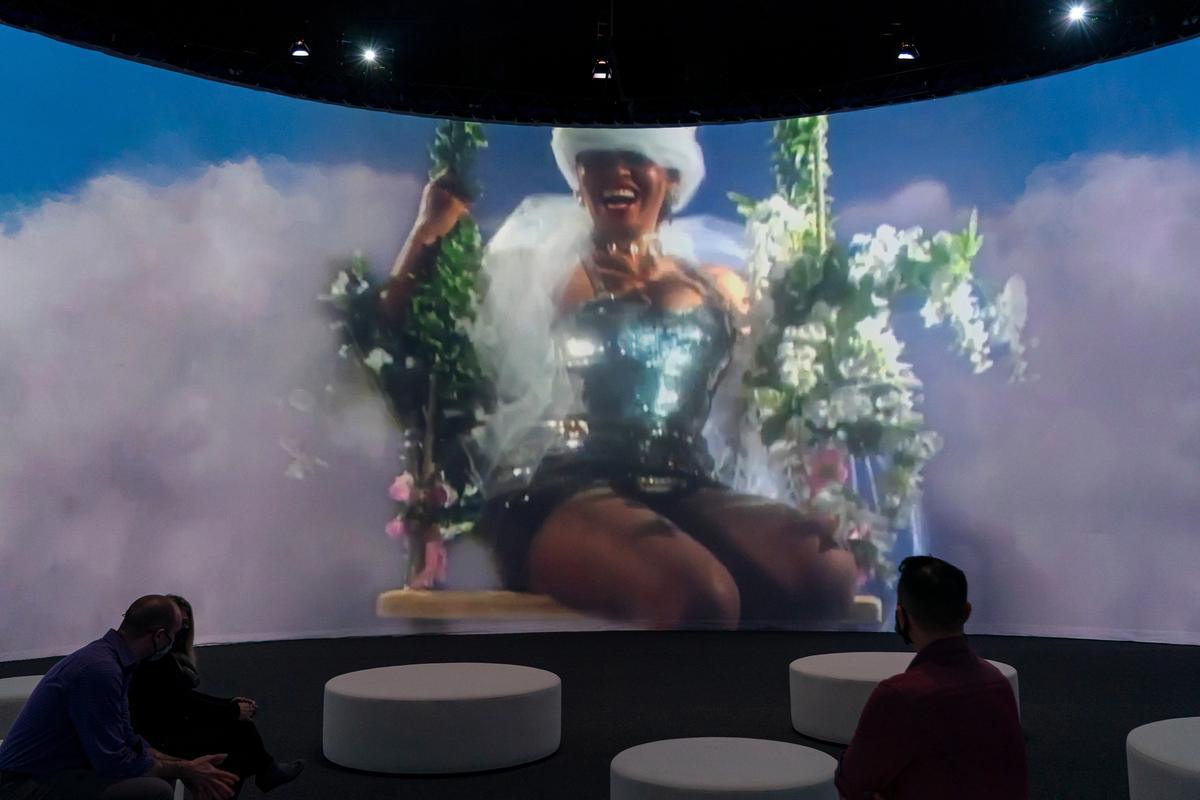Carrie Mae Weems: The Shape of Things
Until 31 December, Park Avenue Armory, 643 Park Avenue, Manhattan
“Those who cannot remember the past are condemned to repeat it.” Philosopher George Santayana’s often repeated and misquoted observation about history is what comes immediately to mind when you step into Carrie Mae Weems’s creepy carnivalesque exhibition at the Park Avenue Armory. Sometimes the comparisons are obvious: in the central installation Cyclorama - Conditions, A Video in 7 Parts (2021), Weems intersplices footage of pro- and anti-segregation marchers clashing in 1960s Boston with contemporary examples of the ongoing fight against racism. And in Lincoln, Lonnie and Me (2014), a common sideshow optical illusion known as “Pepper’s Ghost” is used to haunt the audience with images of civil rights protests and the failed promises of Lincoln’s Gettysburg Address. A weekend convening at the Armory from 9-11 December brought the exhibition to life with talks, events and performances where thinkers, artists, musicians and Weems gathered to consider the question of how to move forward. The lessons of history remain for those willing to learn them.

Untitled, Providence, Rhode Island (1976). Courtesy of Woodman Family Foundation and Marian Goodman Gallery. © Woodman Family Foundation / Artists Rights Society (ARS), New York, 2021.
Francesca Woodman: Alternate Stories
Until 23 December at Marian Goodman, 4 West 57th Street, Manhattan
The late photographer Francesca Woodman remains as spectral as ever in this new exhibition of vintage prints, many of which are being displayed publicly for the first time. Woodman appears as a fleeting presence in her frames: she is an exposure blur; a cropped torso; seen hiding behind sheets and crawling into cabinets. There is a miraculous loneliness to the photographs, a sense that in her long-exposure writhings and ghostly curtained waltzes we are seeing an inventiveness that only arises from long bouts of isolation. Woodman’s own body was always her favourite prop, and the photographer captures her persistent imbrication of the border between herself and her surroundings. The show also functions as a biographical sketch, with the new photographs further embroidering our outline of the mythic Woodman, from her experiments with motion to her formative days in Italy and at RISD (the Rhode Island School of Design). The vintage prints provide glimpses into her ideas of scale, their miniscule size forcing the viewer to peer closely into her gem-like dreamlands. Woodman, of course, remains mostly unknowable, but the show excels at capturing the contours of her genius.

Wifredo Lam Hermès Trismégiste (1945). © 2021 Artists RightsSociety (ARS), New York/ ADAGP, Paris.
Wifredo Lam: The Imagination at Work
Until 21 December at Pace, 510 West 25th Street, Manhattan
When one thinks of Cubism, the names Picasso and Braque spring to mind. That makes sense given their position as founders of the multi-planed movement, but more eyes should be on the work of Wifredo Lam, the vastly under-recognised yet radically innovative Cuban artist who challenged Eurocentric ideas about painting and helped decolonise Modernist art. After befriending Picasso and Europe’s avant-garde circles in the late 1930s Lam embraced the Cubist aesthetic. His return to Cuba brought him face to face with the racism and exploitation that defined the island under the dictator Fulgencio Batista’s regime. Deeply influenced by African sculpture, the Afro-Cuban diaspora and the political unrest so prevalent in Latin America, by the late 1940s Lam incorporated iconography in his work based on Haitian voodoo ceremonies and Santeria, and eventually would come to see his practice as “an act of decolonisation not in a physical sense, but in a mental one”. The exhibition, which features paintings, works on paper and rarely-seen bronze sculptures, follows Lam’s career from the 1930s through his more abstract, fragmented work of the 1970s. “His revolutionary spirit and anti-colonial approach to modernist aesthetics continue to inspire artists and critics alike,” says Andria Hickey, Pace’s senior director and curator, “The breadth of work in this exhibition reveals the deep impact and relevance of his practice today.”


